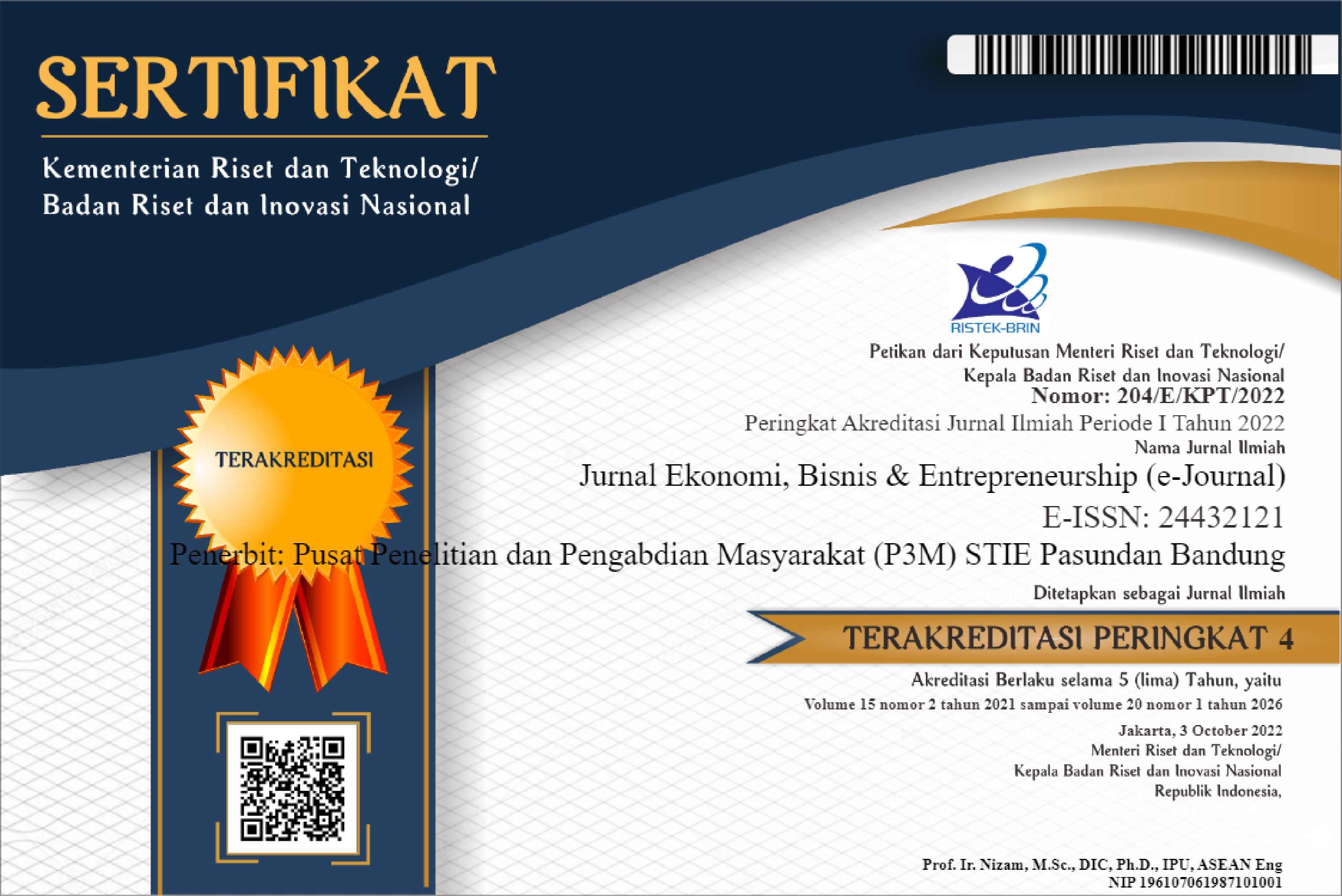The Influence Of Brand Image And Customer Trust On Customer Loyalty Through Customer Satisfaction With Gender As A Moderation Variable
DOI:
https://doi.org/10.55208/jebe.v18i1.538Keywords:
Brand Image, Customer Trust, Customer Loyalty, Customer Satisfaction, GenderAbstract
This study aims to investigate the impact of brand image and customer trust on customer loyalty, mediated via customer satisfaction. Gender is employed as an independent variable to mitigate the impact of brand image and customer trust variables on customer loyalty. This study utilized data from 250 respondents who completed a questionnaire issued to BSI customers in the Malang Raya area. Purposive sampling and proportional random sampling are two distinct methods used for sampling. A proportional random sampling method was employed to ensure that the percentage of respondents from Malang City, Malang Regency, and Batu City was maintained. The research used the Structural Equation Modeling - Partial Least Squares (SEM-PLS) approach. These data indicate that brand image and customer satisfaction substantially impact customer loyalty. However, customer trust does not have a significant effect on customer loyalty.
Moreover, the brand's image and the level of consumer trust notably impact customer satisfaction. The findings of this study indicate that customer satisfaction serves as an intermediary variable that influences brand image and consumer trust, ultimately affecting customer loyalty. In addition, gender cannot reduce the impact of brand image and customer trust.
Downloads
Downloads
Published
How to Cite
Issue
Section
License
Copyright (c) 2024 Salsabiila Salsabiila, Titis Miranti

This work is licensed under a Creative Commons Attribution-NonCommercial-ShareAlike 4.0 International License.








